Table of Contents
ToggleDIY Toddler-Friendly Puzzles: Customized Learning
Are you ready to embark on a journey of creativity and learning with your toddler? Picture this: a cozy afternoon spent with your little one, surrounded by colorful shapes and vibrant images, as you work together to piece together a puzzle. As a parent, there’s nothing quite like witnessing the joy and excitement on your child’s face when they successfully solve a puzzle for the first time.
But beyond the simple pleasure of completing a puzzle lies a world of educational opportunities waiting to be explored. In the vibrant tapestry of Caribbean culture, where learning is celebrated as a communal experience, personalized learning experiences hold a special significance. From traditional folk tales passed down through generations to the rhythmic beats of Caribbean music that fill the air, every aspect of our culture is infused with opportunities for discovery and growth.
At the heart of it all lies the fundamental belief that every child is unique and deserves an education tailored to their individual needs and interests. And what better way to honor that belief than by creating customized learning experiences right in the comfort of your own home?
This article aims to guide you through the enchanting world of DIY toddler-friendly puzzles, where creativity meets education in the most delightful way. Whether you’re a seasoned parent looking for fresh ideas to engage your little one or a new parent eager to embark on this journey for the first time, you’ll find inspiration and practical tips to spark your imagination and ignite your child’s curiosity.
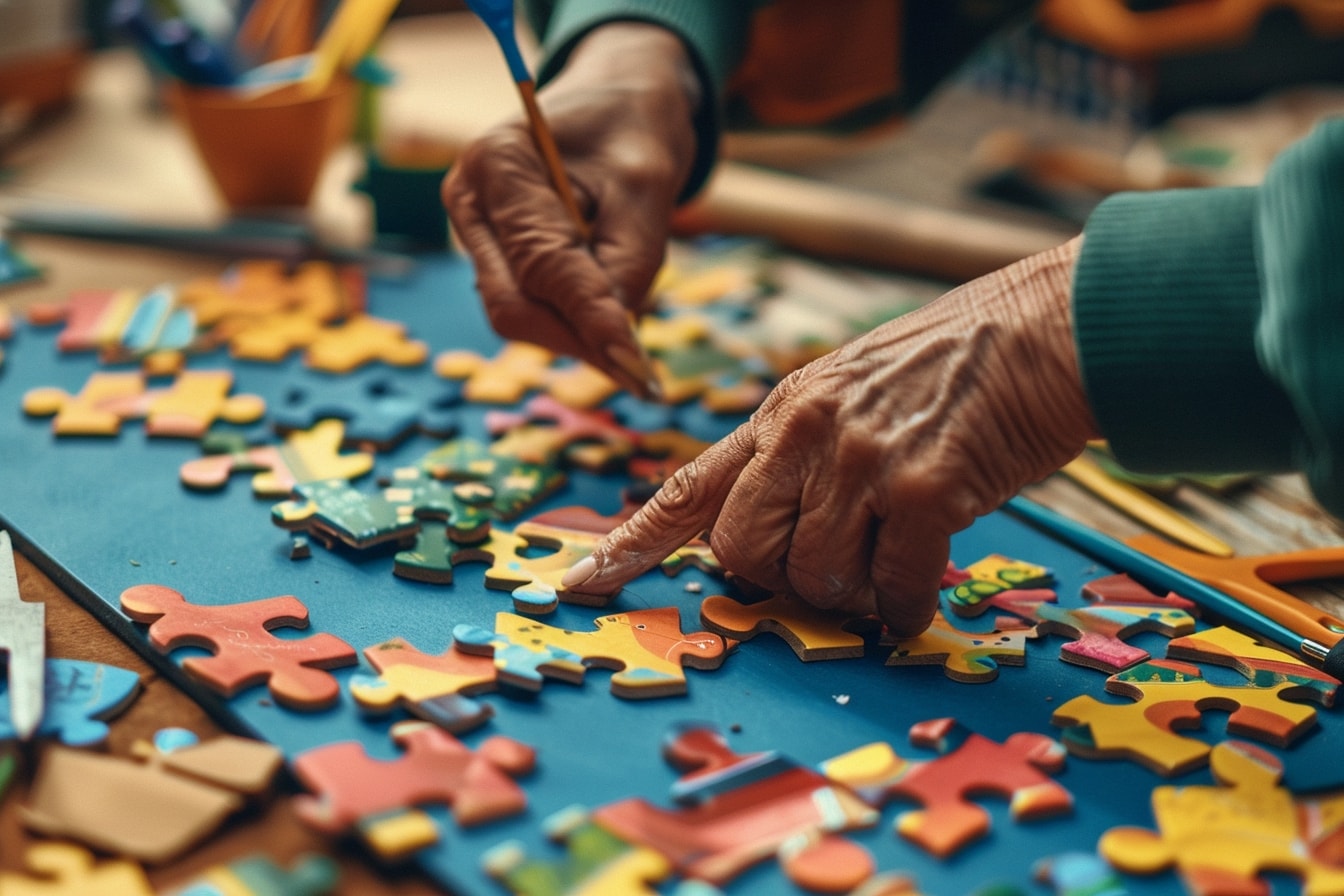
Crafting Personalized Puzzle Pieces
Creating personalized puzzles for your toddler is not just about putting together pieces; it’s about crafting a magical learning experience tailored to your child’s unique interests and developmental stage. Whether your little one is fascinated by animals, shapes, or colors, there’s a world of creative possibilities waiting to be explored.
One of the simplest ways to start crafting personalized puzzles is by using materials readily available in your home. Begin by selecting images or designs that resonate with your child’s interests. This could be anything from photos of beloved family members and pets to illustrations of favorite storybook characters or scenes from nature.
Next, consider the age and developmental stage of your toddler when choosing the complexity of the puzzle. For younger children, opt for larger pieces with simple shapes and bold colors to capture their attention and encourage exploration. As they grow older and develop more advanced problem-solving skills, you can gradually introduce puzzles with smaller pieces and more intricate designs.
Once you have your images selected, it’s time to transform them into puzzle pieces. You can use a variety of materials for this purpose, including sturdy cardboard, foam board, or even wooden blocks for a more durable option. Cut out the shapes using scissors or a craft knife, making sure to create pieces that are large enough for your child to handle comfortably.
To add an extra element of personalization, consider incorporating elements of Caribbean culture into your puzzle designs. Whether it’s vibrant patterns inspired by traditional Caribbean textiles or images of iconic landmarks like sandy beaches and tropical fruits, infusing your puzzles with elements of your cultural heritage can make the learning experience even more meaningful for your child.
As you craft your personalized puzzle pieces, remember to involve your toddler in the process as much as possible. Encourage them to help choose the images, select materials, and even assist with cutting out the pieces under your supervision. Not only does this foster a sense of ownership and creativity, but it also provides valuable opportunities for hands-on learning and skill development.
By taking the time to craft personalized puzzle pieces for your toddler, you’re not just creating a fun activity to pass the time—you’re nurturing their curiosity, creativity, and cognitive development in a meaningful and personalized way. So gather your materials, unleash your imagination, and let the magic of DIY puzzle-making begin!
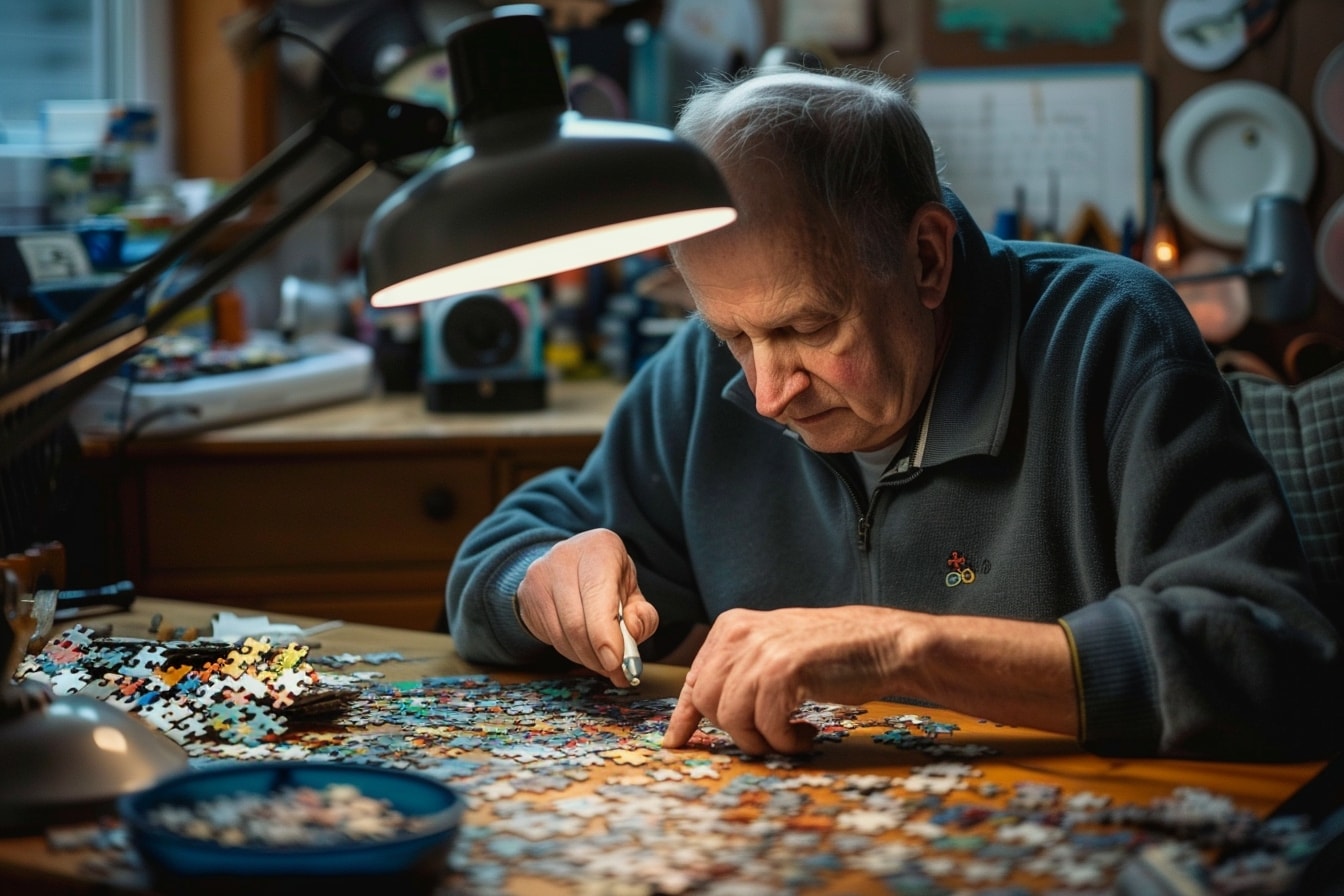
Overcoming Common Puzzle-Making Challenges
Embarking on the journey of creating personalized puzzles for your toddler is undoubtedly an exciting endeavor, but like any DIY project, it can come with its fair share of challenges. From choosing the right materials to navigating the intricacies of design, here are some common hurdles you might encounter along the way—and how to overcome them with ease.
- Choosing the Right Images: One of the first challenges you may face is selecting images that capture your child’s interest while also being suitable for a puzzle. It can be tempting to choose elaborate designs or intricate patterns, but remember to keep your toddler’s developmental stage in mind. Opt for images with clear, recognizable shapes and vibrant colors that will captivate their attention and make the puzzle-solving experience enjoyable.
- Ensuring Durability: Another common concern when crafting DIY puzzles is ensuring that the finished product is durable enough to withstand the rigors of toddler play. Choosing the right materials is key here—opt for sturdy cardboard or foam board that can withstand repeated handling and occasional drool or spills. You can also laminate the puzzle pieces for added durability, ensuring that they hold up well over time.
- Managing Complexity: As your child grows and develops, you may find yourself facing the challenge of creating puzzles that are appropriately challenging yet still achievable. It can be tricky to strike the right balance between too easy and too difficult, but don’t be afraid to experiment and adjust as needed. Start with simpler designs and gradually increase the complexity as your child’s skills evolve, keeping in mind their individual preferences and abilities.
- Encouraging Engagement: Keeping your toddler engaged and focused on solving the puzzle can sometimes be a challenge, especially if they become easily frustrated or lose interest quickly. To overcome this hurdle, try incorporating elements of play and exploration into the puzzle-solving experience. Encourage your child to experiment with different strategies and approaches, and celebrate their successes along the way. You can also introduce interactive elements such as rewards or challenges to keep things interesting and motivate them to keep trying.
- Managing Mess and Cleanup: Let’s face it—crafting DIY puzzles with a toddler can get messy, and cleanup can sometimes feel like a daunting task. To make things easier, try setting up a dedicated workspace with easy-to-clean surfaces and keep supplies organized and accessible. Encourage your child to help with cleanup by making it a fun and interactive activity, and don’t be afraid to embrace the mess—it’s all part of the creative process!
By anticipating and addressing these common puzzle-making challenges, you can ensure a smooth and enjoyable experience for both you and your toddler. Remember to approach each hurdle with patience and creativity, and don’t be afraid to seek inspiration and support from fellow parents and DIY enthusiasts along the way. With a little perseverance and a lot of love, you’ll soon be crafting personalized puzzles that delight and inspire your little one for years to come.
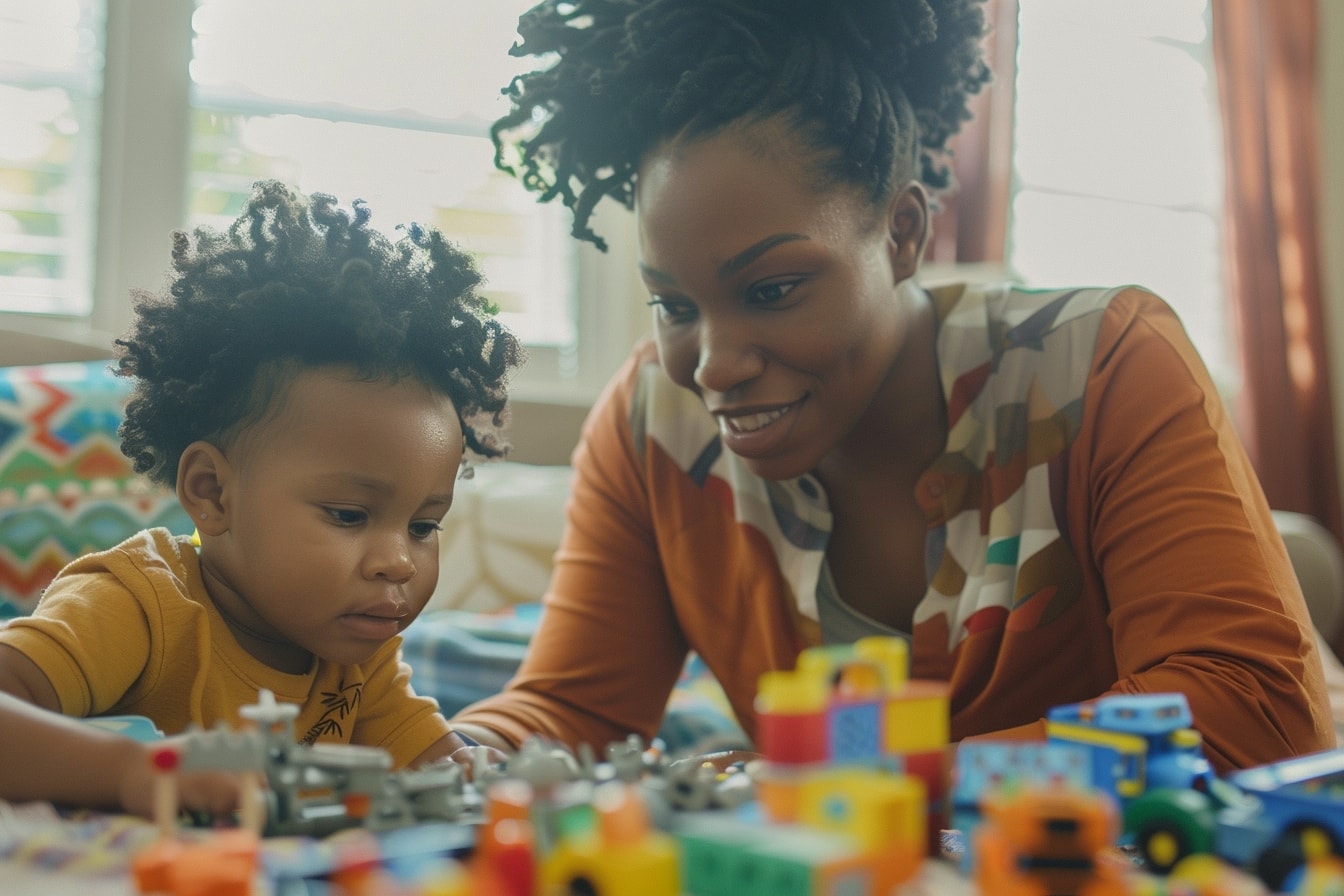
Trends in Customized Learning for Toddlers
As we journey through the ever-evolving landscape of early childhood education, it’s fascinating to observe the emerging trends and innovations shaping the way we approach customized learning for toddlers. From the integration of technology to the resurgence of hands-on, experiential learning, these trends reflect a growing recognition of the importance of tailoring educational experiences to meet the unique needs and interests of each child.
- Technology Integration: In today’s digital age, technology plays an increasingly prominent role in early childhood education. From interactive learning apps to educational videos and games, there’s no shortage of digital resources designed to engage and educate young learners. However, the key to effective technology integration lies in striking a balance between screen time and hands-on activities, ensuring that toddlers have ample opportunities for real-world exploration and discovery.
- Emphasis on Multisensory Learning: One of the most exciting trends in customized learning for toddlers is the emphasis on multisensory learning experiences. Recognizing that children learn best when they can engage multiple senses simultaneously, educators and parents are incorporating hands-on activities, sensory play, and experiential learning opportunities into their teaching strategies. Whether it’s exploring textures, experimenting with colors, or listening to music, these multisensory experiences provide rich opportunities for cognitive and emotional development.
- Personalization and Differentiation: With a growing understanding of the diverse needs and learning styles of toddlers, there’s a renewed focus on personalized and differentiated instruction. Educators and parents are increasingly tailoring learning experiences to meet the individual interests, strengths, and challenges of each child, ensuring that every toddler has the opportunity to thrive and reach their full potential. Whether it’s adapting activities to accommodate different learning styles or providing additional support and enrichment opportunities, the goal is to create inclusive and equitable learning environments where every child feels valued and supported.
- Integration of Cultural and Linguistic Diversity: In our increasingly globalized world, there’s a growing recognition of the importance of integrating cultural and linguistic diversity into early childhood education. Educators and parents are seeking out materials, resources, and experiences that reflect the rich tapestry of cultures and languages that make up our global community, ensuring that toddlers have the opportunity to learn about and appreciate the world around them. Whether it’s celebrating cultural holidays, learning about traditional music and dance, or exploring different languages, these experiences foster empathy, tolerance, and a sense of belonging.
- Focus on Social-Emotional Learning: Finally, there’s a growing emphasis on social-emotional learning (SEL) as an integral component of early childhood education. Recognizing that social and emotional skills are foundational to success in school and life, educators and parents are incorporating SEL principles into their teaching practices, helping toddlers develop empathy, self-awareness, and relationship-building skills. Whether it’s through structured activities, storytelling, or role-playing exercises, SEL fosters a positive classroom and home environment where toddlers feel safe, supported, and valued.
As we navigate these exciting trends in customized learning for toddlers, it’s important to remember that the ultimate goal remains the same: to provide young learners with the tools, experiences, and opportunities they need to thrive in an ever-changing world. By staying informed, open-minded, and collaborative, we can create learning environments that inspire curiosity, creativity, and a lifelong love of learning in every child.
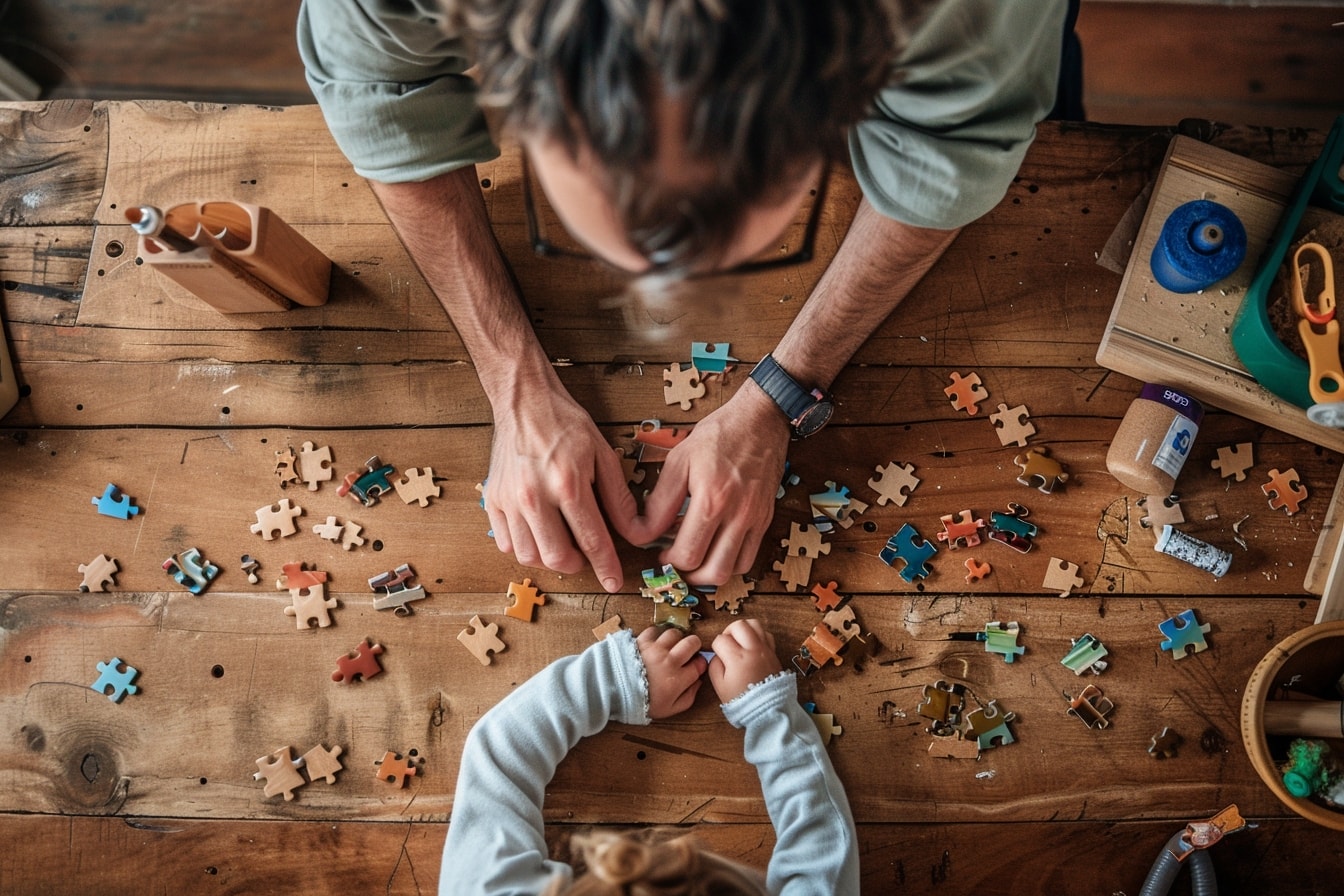
Step-by-Step Guide to Creating Interactive Puzzles
Are you ready to dive into the delightful world of creating interactive puzzles for your toddler? Whether you’re a seasoned crafter or a newcomer to the world of DIY, this step-by-step guide will walk you through the process of crafting personalized puzzles that will spark your child’s imagination and promote hands-on learning in the most engaging way.
- Choose Your Materials: The first step in creating interactive puzzles is gathering the necessary materials. You’ll need sturdy cardboard or foam board for the puzzle base, as well as images or designs to create the puzzle pieces. Consider using photographs, illustrations, or even your child’s artwork to personalize the puzzles and make them truly special.
- Design Your Puzzle: Once you have your materials assembled, it’s time to design your puzzle. Start by selecting images or designs that will capture your child’s interest and imagination. You can create puzzles based on their favorite animals, characters, or hobbies, or choose themes that reflect your family’s cultural heritage. Use a pencil to sketch out the shapes of the puzzle pieces on the cardboard or foam board, making sure to create pieces that are large enough for your toddler to handle easily.
- Cut Out Your Puzzle Pieces: With your puzzle design finalized, it’s time to cut out the puzzle pieces. Use a craft knife or scissors to carefully cut along the outlines you sketched, taking care to create clean, precise edges. Depending on the complexity of your design, you may need to cut out multiple pieces to create a complete puzzle. Once all the pieces are cut out, you can use sandpaper to smooth any rough edges and ensure a snug fit when the puzzle is assembled.
- Add Finishing Touches: With your puzzle pieces cut out, it’s time to add the finishing touches. You can enhance the visual appeal of your puzzles by decorating the pieces with markers, paint, or stickers, or by laminating them for added durability. Consider adding numbers or letters to the puzzle pieces to create educational opportunities for your toddler, or incorporating textures and patterns to provide tactile stimulation.
- Assemble Your Puzzle: Once your puzzle pieces are complete, it’s time to assemble the puzzle and let the fun begin! Lay out the puzzle pieces on a flat surface and invite your toddler to help you put them together. Encourage them to experiment with different combinations and explore the images and designs on each piece. As they solve the puzzle, celebrate their successes and encourage them to keep exploring and learning through play.
By following this step-by-step guide, you’ll be well on your way to creating interactive puzzles that will captivate your toddler’s imagination and promote hands-on learning in a fun and engaging way. So gather your materials, unleash your creativity, and let the puzzle-making adventures begin!
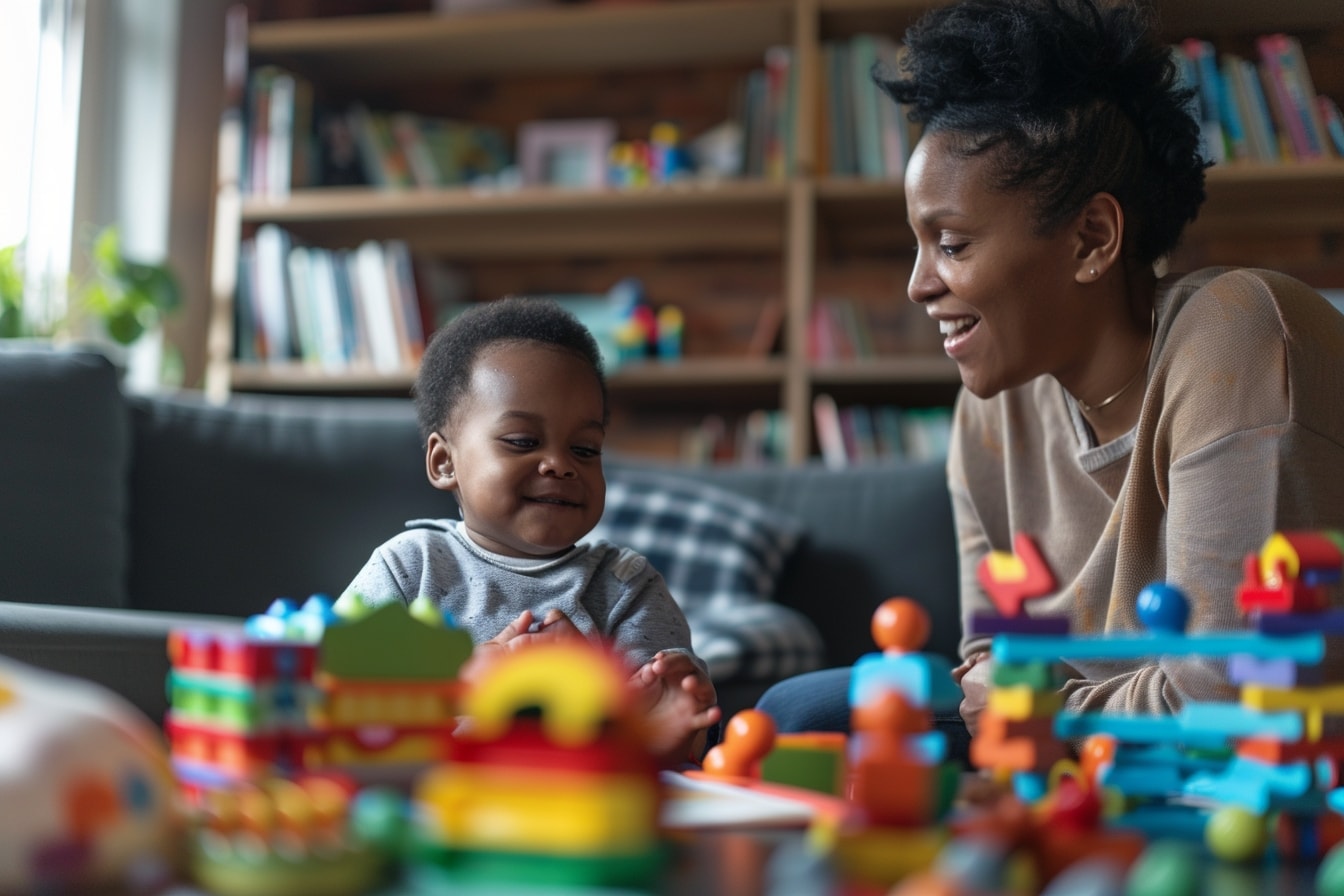
Expert Insights and Parenting Tips
When it comes to navigating the wonderful world of parenting and early childhood education, there’s no shortage of wisdom and expertise to draw from. From seasoned educators to experienced parents, these expert insights and parenting tips offer valuable guidance and inspiration for crafting personalized learning experiences for your toddler.
One key insight shared by parenting experts is the importance of following your child’s lead when it comes to personalized learning. As Dr. Maria Montessori famously said, Follow the child. By observing your toddler’s interests, strengths, and challenges, you can tailor learning experiences that resonate with their unique personality and developmental stage. Whether it’s exploring their favorite books, engaging in imaginative play, or embarking on nature walks, the possibilities for personalized learning are endless.
Another valuable tip shared by experts is the power of play in promoting cognitive and emotional development. According to renowned child psychologist Dr. Jean Piaget, Play is the work of childhood. By incorporating play-based learning activities into your toddler’s daily routine, you can create rich opportunities for exploration, experimentation, and discovery. Whether it’s building with blocks, solving puzzles, or engaging in pretend play, play-based learning fosters creativity, problem-solving skills, and social-emotional development.
Parenting experts also emphasize the importance of creating a supportive and nurturing learning environment for your toddler. As Dr. Benjamin Spock famously said, Trust yourself. You know more than you think you do. By fostering a positive and encouraging atmosphere at home, you can empower your child to take risks, make mistakes, and learn from their experiences. Celebrate their successes, offer gentle guidance when needed, and above all, show them unconditional love and support as they navigate the ups and downs of early childhood.
In addition to these expert insights, parents also have a wealth of practical tips and strategies to share based on their own experiences. Whether it’s finding creative ways to incorporate learning into everyday activities, managing screen time effectively, or fostering healthy sleep habits, parents are a valuable source of wisdom and support for one another. By sharing our successes, challenges, and lessons learned, we can build a community of support and encouragement that empowers us all to be the best parents we can be.
As you navigate the journey of parenthood and early childhood education, remember that you’re not alone. Draw inspiration from experts and fellow parents, trust your instincts, and above all, cherish the precious moments you share with your toddler as you embark on this beautiful and rewarding adventure together.
As we come to the end of our journey through the world of DIY toddler-friendly puzzles and customized learning, it’s time to reflect on the enriching experiences and valuable lessons we’ve uncovered along the way. From crafting personalized puzzle pieces to overcoming common challenges and exploring emerging trends in early childhood education, we’ve embarked on a journey of creativity, discovery, and growth that will continue to inspire and enrich our lives as parents and caregivers.
At the heart of it all lies the profound belief that every child is unique and deserving of an education that celebrates their individuality and fosters their innate curiosity and creativity. By creating personalized learning experiences tailored to your child’s interests, strengths, and developmental stage, you’re not just teaching them valuable skills—you’re nurturing their love of learning, fostering their self-confidence, and laying the foundation for a lifetime of success and fulfillment.
But our journey doesn’t end here. As we bid farewell to this article, we’re reminded that the adventure of parenthood is an ongoing journey filled with twists and turns, challenges and triumphs. So as you embark on the next chapter of your parenting journey, remember to embrace the magic of everyday moments, cherish the memories you create with your little one, and above all, trust in your instincts as you navigate the joys and complexities of raising a child.
And as you continue to explore the world of DIY puzzles and personalized learning experiences with your toddler, know that you’re not alone. Draw inspiration from the insights shared by experts and fellow parents, lean on your support network for guidance and encouragement, and above all, savor the joy and wonder that comes with watching your child learn, grow, and thrive in the loving embrace of your care.
So here’s to you, dear reader, and to the beautiful journey of parenthood that lies ahead. May it be filled with laughter and love, discovery and delight, as you continue to create cherished memories and meaningful moments with your little one each and every day.
Want to take your knowledge to the next level? Check out these must-read articles:
- Shape Sorting Safari: Learning Shapes through Play
- Colorful Ice Cubes: Mess-Free Watercolor Exploration
Organize your baby’s wardrobe with our baby clothes closet organizer products! Our organizers are designed specifically for baby clothes. Get your baby’s clothes neat and tidy with our selection of organizers – shop now!
Step into Sue Brown's World of Baby Care, where you'll find a treasure trove of knowledge and wisdom waiting to be explored. Sue's dedication to providing accurate and up-to-date information on baby care shines through in every article, blog post, and resource she shares. From newborn essentials to sleep training tips, breastfeeding advice to nurturing your baby's development, Sue covers a wide range of topics that are essential for every parent to know. Her warm and compassionate approach creates a sense of community and reassurance, making her website a safe haven for parents seeking guidance and support. Let Sue Brown be your partner in this beautiful journey of parenthood, as she empowers you to create a loving, nurturing, and thriving environment for your little one.
- 2025’s Most Innovative Baby Products Worth the Investment - October 16, 2025
- Singing to Your Baby: The Neuroscience of Musical Connection - October 13, 2025
- Temperature-Appropriate Baby Dressing Guide - October 12, 2025



